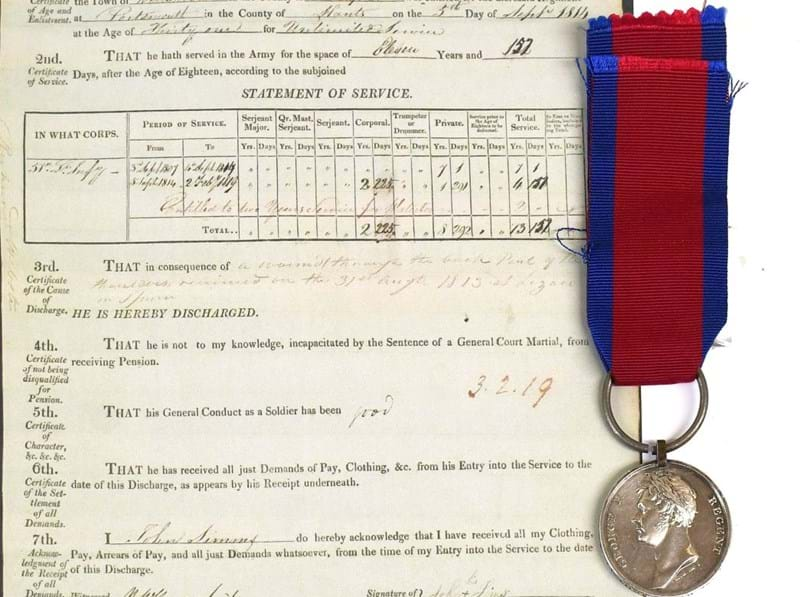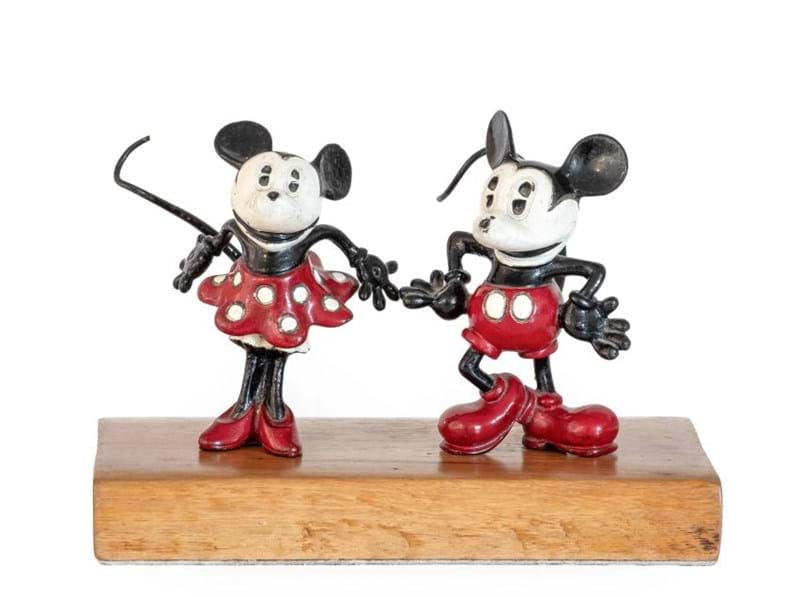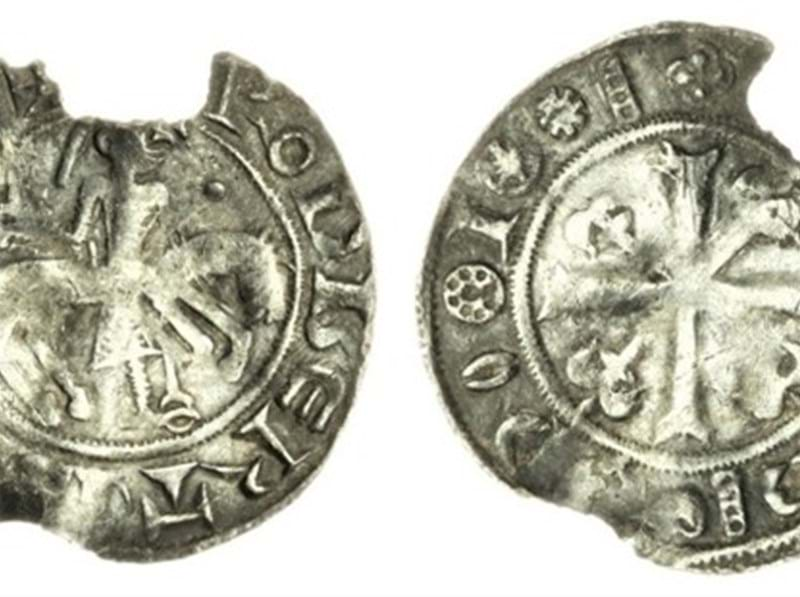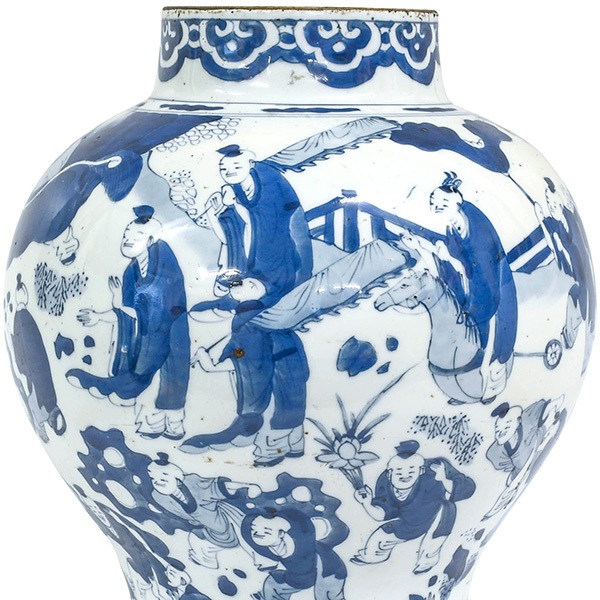Toby Jugs, the much-loved icon and novelty in the canon of English pottery, are still collectable at auction today. As with a lot of traditional antiques, they were at their height of collectability and relative value from the 1960s to late 1980s, however good early examples dating from the late 18th to very early 19th century are still much sought after today for their decorative appeal, craftsmanship, and satirical merit. Later Victorian examples are still saleable in groups, although they are of low value.
Originating from the Staffordshire Potteries in the 1760s, the Toby Jug is a tankard in the form of a seated figure or the head of a famous individual. Early Toby Jugs often depicted a Falstaffian man wearing a tricorn hat with a clay pipe and holding a jug of ale. Whilst their exact origins are unknown, some say the figure was inspired by the “thirsty old soul” Toby Fillpot, a character from Francis Fawkes’ poem, The Brown Jug written in 1761, who was rumoured to have drunk 2,000 gallons of ale. Others have claimed that Toby Jugs are named after Sir Toby Belch, the drunkard in William Shakespeare’s Twelfth Night.
First produced in Staffordshire in the 18th century, the original Toby Jugs were made by Ralph Wood I of Burslem and his son Ralph Wood II. Made of earthenware and modelled using a soft clay mould, the early Toby Jugs were affordable to the lower classes. Later, the Frenchman Ralph Daniel introduced the use of plaster of Paris moulds to the Staffordshire potteries which increased the speed and ease of production, and the level of detail achievable in moulding the Toby Jugs’ growing array of characters. Toby Jugs were continually manufactured into the 20th century by the likes of Doulton, Royal Worcester, and Wilkinson who in later years produced a collection of the Allied Commanders of the First World War, which are still collectable today.
As Toby Jugs became increasingly popular, they took the form of notable individuals of society, for example politicians, entertainers, and military commanders. Toby Jugs are jovial in appearance, yet hugely enlightening relics revealing cultural and social thought, particularly of the 18th century. There is evidence that Toby Jugs were also sold in London’s china shops indicating their broad appeal from the countryside to the city. So much so, that the eminent Post-Impressionist painter Paul Gauguin took a macabre approach to the Toby Jug form with his Jug in the Form of a Head, Self-Portrait (1889) in which he depicted his own severed head.
In the Spring Fine Sale at Tennants, good early examples of creamware, pearlware and prattware Toby Jugs from a Private Collection from Scarborough came under the hammer, with good prices achieved for all the lots. Highlights included a Yorkshire Prattware Toby Jug from circa 1810 (sold for £1,800 plus buyer’s premium), a Ralph Wood Type Pearlware Sailor Toby Jug from circa 1790 (sold for £950 plus buyer’s premium), and a Ralph Wood Type Creamware Toby Jug from circa 1790 (sold for £1,200 plus buyer’s premium). A further selection from the same collection will be coming up for sale in Tennants’ Country House Sale on 12th and 13th May.














